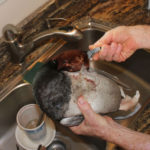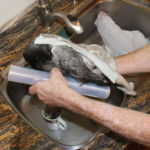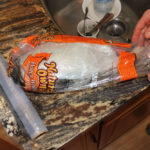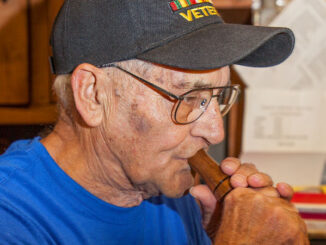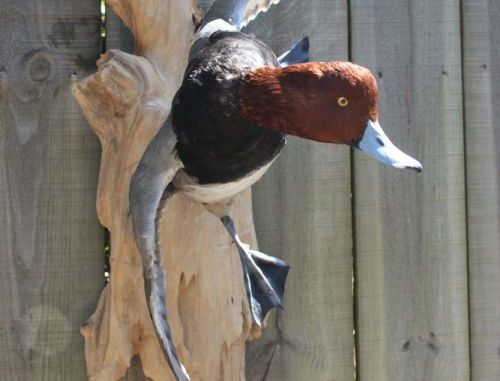
The reasons duck hunters choose for mounting a particular bird are as varied as the waterfowl family itself. Regardless of why a bird is chosen for a trip to the taxidermist, duck hunters generally agree they want a finished product worthy for display.
So what can hunters do to ensure they end up with a prize suitable for hanging on the wall?
World champion taxidermist Kevin Hynes said the first factor in achieving a quality mount is the duck itself.
“Ducks feather out at different times,” Hynes said. “Wood ducks can start the molting process very early in the spring, but divers are usually very late molters.”
The more mature a bird’s plumage is the better the mount will be, he said. So, depending on the species, don’t believe that only second-spilt birds have full plumage.
“I find that older birds start molting sooner than younger ones, so I wouldn’t say only wait until the second split to save one for the wall,” Hynes said.
If you happen to be a trophy hunter, the Pearl River taxidermist will tell you the quality of your mount starts the moment you pull the trigger.
First, consider your shot selection.
“No. 2s make a lot bigger holes than No. 6s,” Hynes said. “And don’t pick up your bird by the neck — that stretches it out. Pick it up by its feet.”
Once you’ve got that bird back at the house, then what?
“Treat your mount like you would food,” Hynes said. “What do you do with fish and shrimp? Freeze them with water.
“It’s really important to prevent the duck from drying out.”
The award-winning taxidermist stressed the importance of keeping the bird workable during the mounting process.
“Never ever use dry paper or newspaper,” Hynes said. “Paper actually pulls moisture out of the bird quicker.”
Also, don’t bother with trying to wash out blood stains; he said he’s going to wash and tumble-dry the duck before it’s all over with, anyway.
“You can run plain water on blood stains, like if it gets on white feathers, but don’t use soap and try to scrub out the blood,” Hynes said.
And what about keeping your bird saved in panty hose?
“That advice blows my mind,” Hynes said “It’s way too tight and will damage feathers, particularly the primary feathers.
“It’s not necessary to try to save feathers like that.”
Waterfowl freezing tips
He said it’s somewhat hard to say how long you can leave your prize in the freezer.
“A year, year-and-a-half maybe?” he said. “I wouldn’t say two years is safe. But if you freeze them my way it will help.”
The process for preparing a bird for the freezer looks like this:
- Run water over the bird, top to bottom. “Wetter the better,” Hynes said.
- Tuck the head underneath one wing. “This prevents the neck from getting cracked off once the bird is frozen,” he said.
- Next, Hynes recommends saturating a paper towel and placing it on top of the bird. To hold the wet paper towel in place, he uses several wraps of plastic wrap.
- Slide the whole duck sandwich into a plastic bread bag. “I find these bread bags work well for most ducks,” Hynes said. “But don’t try to force a big mallard or goose in one.”
- Seal the bag to keep moisture locked in.
“If you shoot a really mature bird, but really busted it up, keep it, freeze it and bring it to your taxidermist,” Hynes said, pointing out nearly invisible pellet damage on a mount in his shop. “Most taxidermists have techniques for BBs in the bill, broken feet and wings, and even damaged primary feathers.”
Plus, you can choose from all types of poses to camouflage damage.
“Standing mounts can hide a lot,” Hynes said with a smile.
